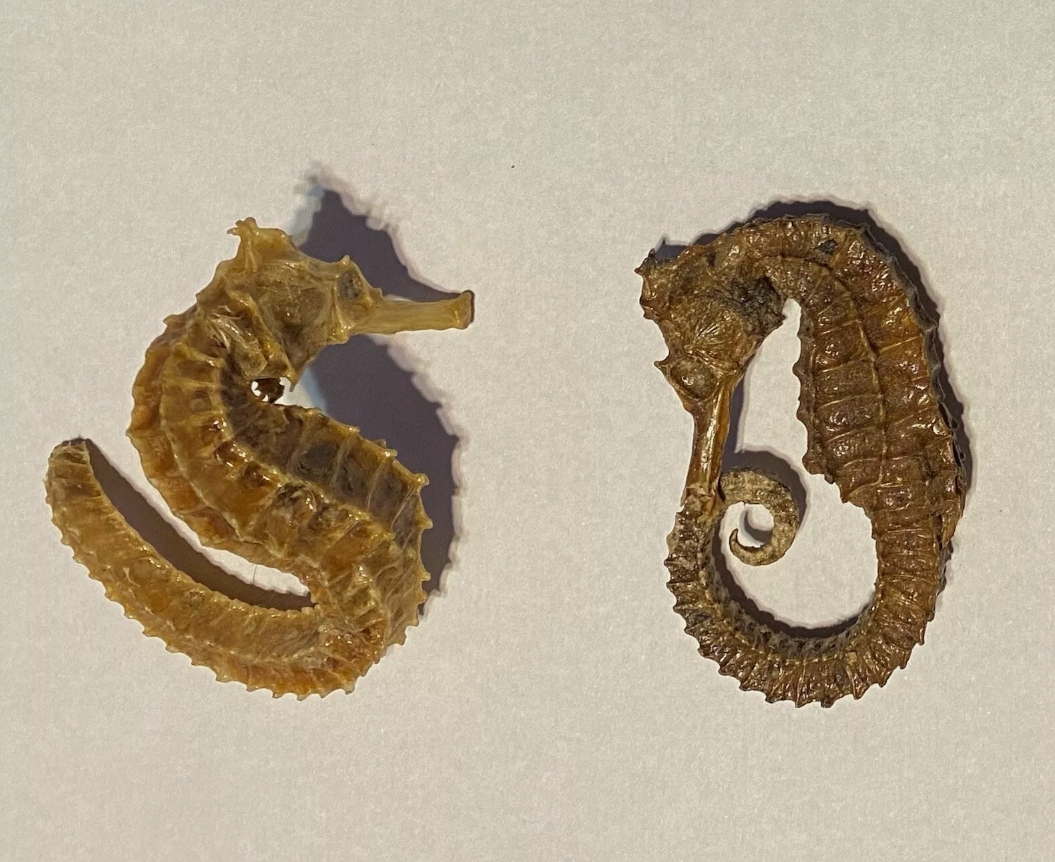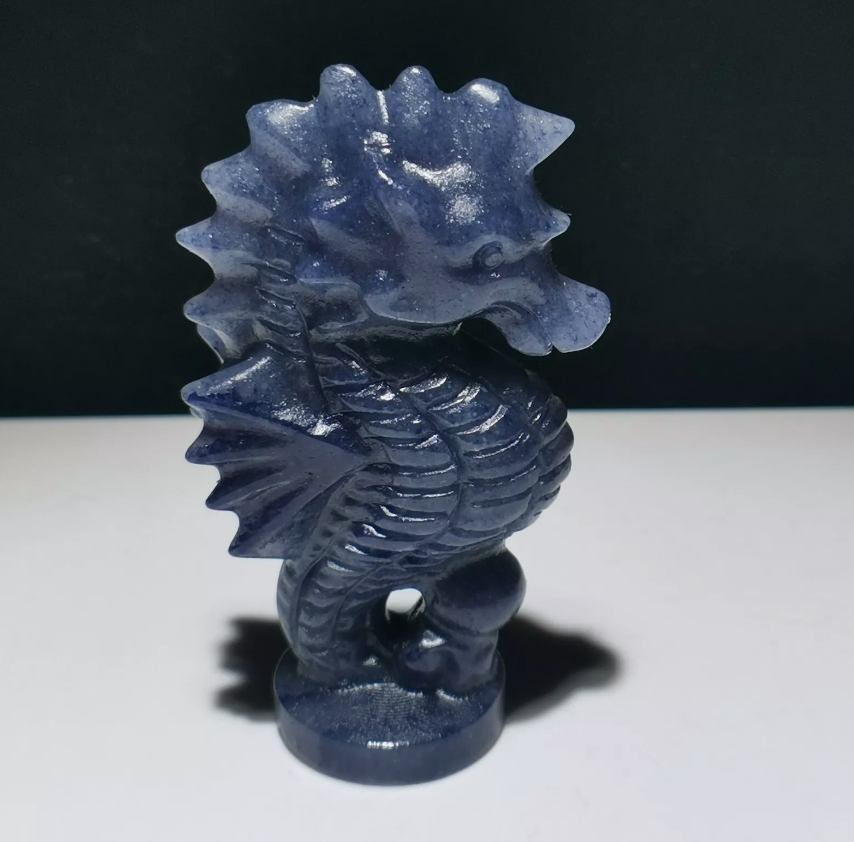Seahorses are strange and beautiful Marine creatures that have attracted much attention due to their unique appearance and biological characteristics. In the blue waters of the sea, seahorses attract the attention of countless researchers and enthusiasts with their elegant posture and fantastic forms. The body structure of the seahorse is amazing, there is a wing-like dorsal fin on the back, the body shows an irregular curve, and the tail is curled like a fuga, giving people a unique visual enjoyment.
As an important carrier of scientific research and education, specimens can provide human beings with intuitive observation of biological morphology and ecological characteristics. The specimens of seahorses are usually preserved through elaborate preservation techniques,so that they can maintain their original form after being removed from the ecological environment. The preparation process includes cleaning, fixing and drying the seahorse,and using a suitable storage environment to ensure that its form is not damaged. This process requires not only professional skills,but also a deep understanding of hippocampal biology.
The biology of the hippocampus is also quite distinctive. They are the only species in which pregnancy is carried out by the male,whose brood pouch is a special organ for incubating young seahorses. This phenomenon not only shows the wonders of Marine biodiversity,but also provides a unique perspective on gender roles and reproductive behavior. Through the observation of hippocampus specimens, people can deeply understand its breeding habits,growth process and ecological adaptability,etc.,which provides valuable data for the research of related fields.
In education and exhibition,seahorse specimens are widely used in the teaching of biology courses,so that students can learn about Marine biology in an intuitive experience.




